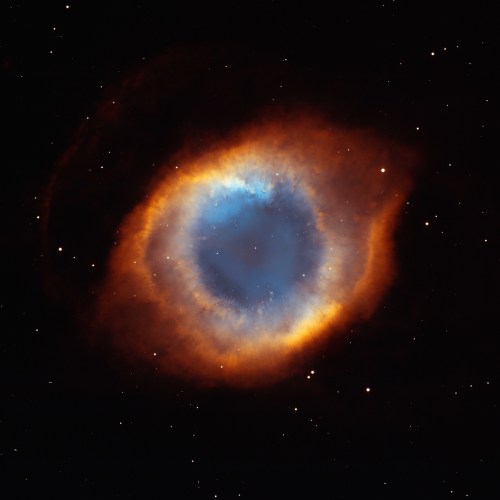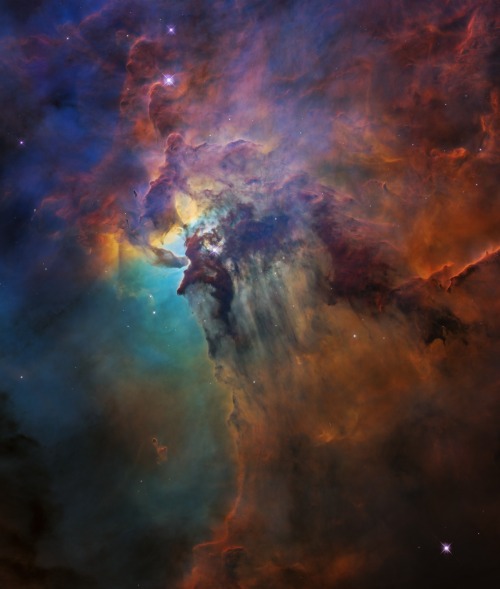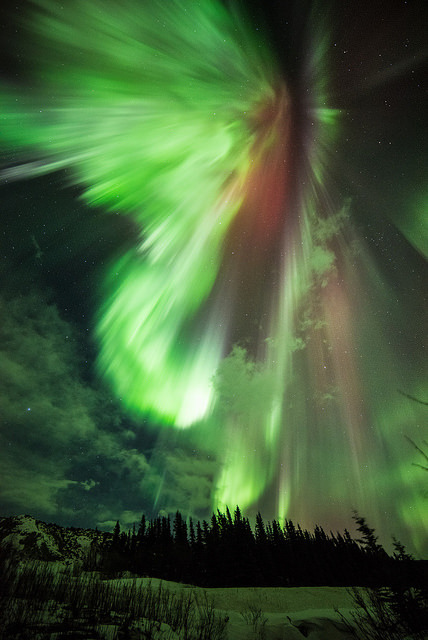Dive into your creative stream
Stellar - Blog Posts
im never annoying and you're always delighted to see me on the dash
“reasons to not kiss him: 1. you weren’t raised to love tender. 2. when he’s around all you do is tremble. when he’s around you want to get on your knees. look how much power he has over you. it’s dangerous. 3. he’s too good at forgiving and you’re too good at violence. 4. you know what they say about monsters. you know what happens to the boys who love them. are you going to do that to him? 5. your hands don’t know how to be gentle. think about the last beautiful thing that shattered in your palms. the fresh rosebuds crumbling between your fingers like a bruise. you wolf-boy, you war machine. you wouldn’t know how to hold something magic and not destroy it. 6. if you hurt him it might kill you 7. if you hurt him you might kill yourself. 8. you are very bad at rehabilitation. this is one addiction you’d fail to give up. he’s going to ruin you for all other kisses and all other boys and you’ll spend the rest of your life trying to forget his name. 9. you still aren’t sure he isn’t a dream. 10. if you kiss him, you might wake up. reasons to kiss him: 1. because he’s beautiful. 2. because he asked. 3. because he preceded please with, i’m not afraid of you.”
—
yes & no // Natalie Wee
Find my book on Amazon / Goodreads.
Turn round, on your side. I'll play with your hair, draw on your back with my fingers, and kiss your shoulders til you sleep.
Close your eyes. Feel my weight behind you. I've got you.
I've got you.
you’re still loved on the days you don’t love yourself
“why did you respond in 23 seconds” i would rip my heart out of my chest for you if you asked. Next question

she octo on my path till i traveler










No Straight Roads x Final Fantasy
Celebrate #BlackHoleFriday with Nurturing Baby Stars

Are you throwing all your money into a black hole today?
Forget Black Friday — celebrate #BlackHoleFriday with us and get sucked into this recent discovery of a black hole that may have sparked star births across multiple galaxies.
If confirmed, this discovery would represent the widest reach ever seen for a black hole acting as a stellar kick-starter — enhancing star formation more than one million light-years away. (One light year is equal to 6 trillion miles.)
A black hole is an extremely dense object from which no light can escape. The black hole's immense gravity pulls in surrounding gas and dust. Sometimes, black holes hinder star birth. Sometimes — like perhaps in this case — they increase star birth.
Telescopes like our Chandra X-ray Observatory help us detect the X-rays produced by hot gas swirling around the black hole. Have more questions about black holes? Click here to learn more.
Make sure to follow us on Tumblr for your regular dose of space: http://nasa.tumblr.com.

Say hello to the Helix Nebula 👋
In 2001 and 2002, our Hubble Space Telescope looked at the Helix Nebula and it looked right back! This planetary nebula is right in our cosmic neighborhood, only about 650 light-years away. Gigantic for this type of cosmic object, the Helix Nebula stretches across 2 to 3 light-years.
With no actual connection to planets, planetary nebulas like this one are produced when a medium-mass star dies and sloughs off its outer layers. These gaseous layers are expelled into space at astonishing speeds where they light up like fireworks. The Helix Nebula is one of the closest planetary nebulas to Earth, giving scientists an up-close view of its strange affairs.
Through Hubble’s observations, scientists have learned that the Helix Nebula isn’t doughnut-shaped as it appears. Instead it consists of two disks that are nearly perpendicular to each other — the nebula looks like an eye and bulges out like one too!
Hubble has also imaged comet-like tendrils that form a pattern around the central star like the spokes on a wagon wheel, likely resulting from a collision between gases. The dying star spews hot gas from its surface, which crashes into the cooler gas that it ejected 10,000 years before. Eventually the knots will dissipate into the cold blackness of interstellar space.
Make sure to follow us on Tumblr for your regular dose of space: http://nasa.tumblr.com.

The Lagoon Nebula
This colorful image, taken by our Hubble Space Telescope between Feb. 12 and Feb. 18, 2018 , celebrated the Earth-orbiting observatory’s 28th anniversary of viewing the heavens, giving us a window seat to the universe’s extraordinary tapestry of stellar birth and destruction.
At the center of the photo, a monster young star 200,000 times brighter than our Sun is blasting powerful ultraviolet radiation and hurricane-like stellar winds, carving out a fantasy landscape of ridges, cavities, and mountains of gas and dust.
This region epitomizes a typical, raucous stellar nursery full of birth and destruction. The clouds may look majestic and peaceful, but they are in a constant state of flux from the star’s torrent of searing radiation and high-speed particles from stellar winds. As the monster star throws off its natal cocoon of material with its powerful energy, it is suppressing star formation around it.
Make sure to follow us on Tumblr for your regular dose of space: http://nasa.tumblr.com.
Things That Go Bump in the Gamma Rays
Some people watch scary movies because they like being startled. A bad guy jumps out from around a corner! A monster emerges from the shadows! Scientists experience surprises all the time, but they’re usually more excited than scared. Sometimes theories foreshadow new findings — like when there’s a dramatic swell in the movie soundtrack — but often, discoveries are truly unexpected.

Scientists working with the Fermi Gamma-Ray Space Telescope have been jumping to study mysterious bumps in the gamma rays for a decade now. Gamma rays are the highest-energy form of light. Invisible to human eyes, they’re created by some of the most powerful and unusual events and objects in the universe. In celebration of Halloween, here are a few creepy gamma-ray findings from Fermi’s catalog.

Stellar Graveyards
If you were to walk through a cemetery at night, you’d expect to trip over headstones or grave markers. Maybe you’d worry about running into a ghost. If you could explore the stellar gravesite created when a star explodes as a supernova, you’d find a cloud of debris expanding into interstellar space. Some of the chemical elements in that debris, like gold and platinum, go on to create new stars and planets! Fermi found that supernova remnants IC 443 and W44 also accelerate mysterious cosmic rays, high-energy particles moving at nearly the speed of light. As the shockwave of the supernova expands, particles escape its magnetic field and interact with non-cosmic-ray particles to produce gamma rays.

Ghost Particles
But the sources of cosmic rays aren’t the only particle mysteries Fermi studies. Just this July, Fermi teamed up with the IceCube Neutrino Observatory in Antarctica to discover the first source of neutrinos outside our galactic neighborhood. Neutrinos are particles that weigh almost nothing and rarely interact with anything. Around a trillion of them pass through you every second, ghost-like, without you noticing and then continue on their way. (But don’t worry, like a friendly ghost, they don’t harm you!) Fermi traced the neutrino IceCube detected back to a supermassive black hole in a distant galaxy. By the time it reached Earth, it had traveled for 3.7 billion years at almost the speed of light!

Black Widow Pulsars
Black widows and redbacks are species of spiders with a reputation for devouring their partners. Astronomers have discovered two types of star systems that behave in a similar way. Sometimes when a star explodes as a supernova, it collapses back into a rapidly spinning, incredibly dense star called a pulsar. If there’s a lighter star nearby, it can get stuck in a close orbit with the pulsar, which blasts it with gamma rays, magnetic fields and intense winds of energetic particles. All these combine to blow clouds of material off the low-mass star. Eventually, the pulsar can eat away at its companion entirely.

Dark Matter
What’s scarier than a good unsolved mystery? Dark matter is a little-understood substance that makes up most of the matter in the universe. The stuff that we can see — stars, people, haunted houses, candy — is made up of normal matter. But our surveys of the cosmos tell us there’s not enough normal matter to keep things working the way they do. There must be another type of matter out there holding everything together. One of Fermi’s jobs is to help scientists narrow down the search for dark matter. Last year, researchers noticed that most of the gamma rays coming from the Andromeda galaxy are confined to its center instead of being spread throughout. One possible explanation is that accumulated dark matter at the center of the galaxy is emitting gamma rays!

Fermi has helped us learn a lot about the gamma-ray universe over the last 10 years. Learn more about its accomplishments and the other mysteries it’s working to solve. What other surprises are waiting out among the stars?
Make sure to follow us on Tumblr for your regular dose of space: http://nasa.tumblr.com.
Happy 4th of July… From Space!
In Hollywood blockbusters, explosions and eruptions are often among the stars of the show. In space, explosions, eruptions and twinkling of actual stars are a focus for scientists who hope to better understand their births, lives, deaths and how they interact with their surroundings. Spend some of your Fourth of July taking a look at these celestial phenomenon:

Credit: NASA/Chandra X-ray Observatory
An Astral Exhibition
This object became a sensation in the astronomical community when a team of researchers pointed at it with our Chandra X-ray Observatory telescope in 1901, noting that it suddenly appeared as one of the brightest stars in the sky for a few days, before gradually fading away in brightness. Today, astronomers cite it as an example of a “classical nova,” an outburst produced by a thermonuclear explosion on the surface of a white dwarf star, the dense remnant of a Sun-like star.

Credit: NASA/Hubble Space Telescope
A Twinkling Tapestry
The brilliant tapestry of young stars flaring to life resemble a glittering fireworks display. The sparkling centerpiece is a giant cluster of about 3,000 stars called Westerlund 2, named for Swedish astronomer Bengt Westerlund who discovered the grouping in the 1960s. The cluster resides in a raucous stellar breeding ground located 20,000 light-years away from Earth in the constellation Carina.

Credit: NASA/THEMIS/Sebastian Saarloos
An Illuminating Aurora
Sometimes during solar magnetic events, solar explosions hurl clouds of magnetized particles into space. Traveling more than a million miles per hour, these coronal mass ejections, or CMEs, made up of hot material called plasma take up to three days to reach Earth. Spacecraft and satellites in the path of CMEs can experience glitches as these plasma clouds pass by. In near-Earth space, magnetic reconnection incites explosions of energy driving charged solar particles to collide with atoms in Earth’s upper atmosphere. We see these collisions near Earth’s polar regions as the aurora. Three spacecraft from our Time History of Events and Macroscale Interactions during Substorms (THEMIS) mission, observed these outbursts known as substorms.

Credit: NASA/Hubble Space Telescope//ESA/STScI
A Shining Supermassive Merger
Every galaxy has a black hole at its center. Usually they are quiet, without gas accretions, like the one in our Milky Way. But if a star creeps too close to the black hole, the gravitational tides can rip away the star’s gaseous matter. Like water spinning around a drain, the gas swirls into a disk around the black hole at such speeds that it heats to millions of degrees. As an inner ring of gas spins into the black hole, gas particles shoot outward from the black hole’s polar regions. Like bullets shot from a rifle, they zoom through the jets at velocities close to the speed of light. Astronomers using our Hubble Space Telescope observed correlations between supermassive black holes and an event similar to tidal disruption, pictured above in the Centaurus A galaxy.

Credit: NASA/Hubble Space Telescope/ESA
A Stellar Explosion
Supernovae can occur one of two ways. The first occurs when a white dwarf—the remains of a dead star—passes so close to a living star that its matter leaks into the white dwarf. This causes a catastrophic explosion. However most people understand supernovae as the death of a massive star. When the star runs out of fuel toward the end of its life, the gravity at its heart sucks the surrounding mass into its center. At the turn of the 19th century, the binary star system Eta Carinae was faint and undistinguished. Our Hubble Telescope captured this image of Eta Carinae, binary star system. The larger of the two stars in the Eta Carinae system is a huge and unstable star that is nearing the end of its life, and the event that the 19th century astronomers observed was a stellar near-death experience. Scientists call these outbursts supernova impostor events, because they appear similar to supernovae but stop just short of destroying their star.

Credit: NASA/GSFC/SDO
An Eye-Catching Eruption
Extremely energetic objects permeate the universe. But close to home, the Sun produces its own dazzling lightshow, producing the largest explosions in our solar system and driving powerful solar storms.. When solar activity contorts and realigns the Sun’s magnetic fields, vast amounts of energy can be driven into space. This phenomenon can create a sudden flash of light—a solar flare.The above picture features a filament eruption on the Sun, accompanied by solar flares captured by our Solar Dynamics Observatory.
Make sure to follow us on Tumblr for your regular dose of space: http://nasa.tumblr.com






